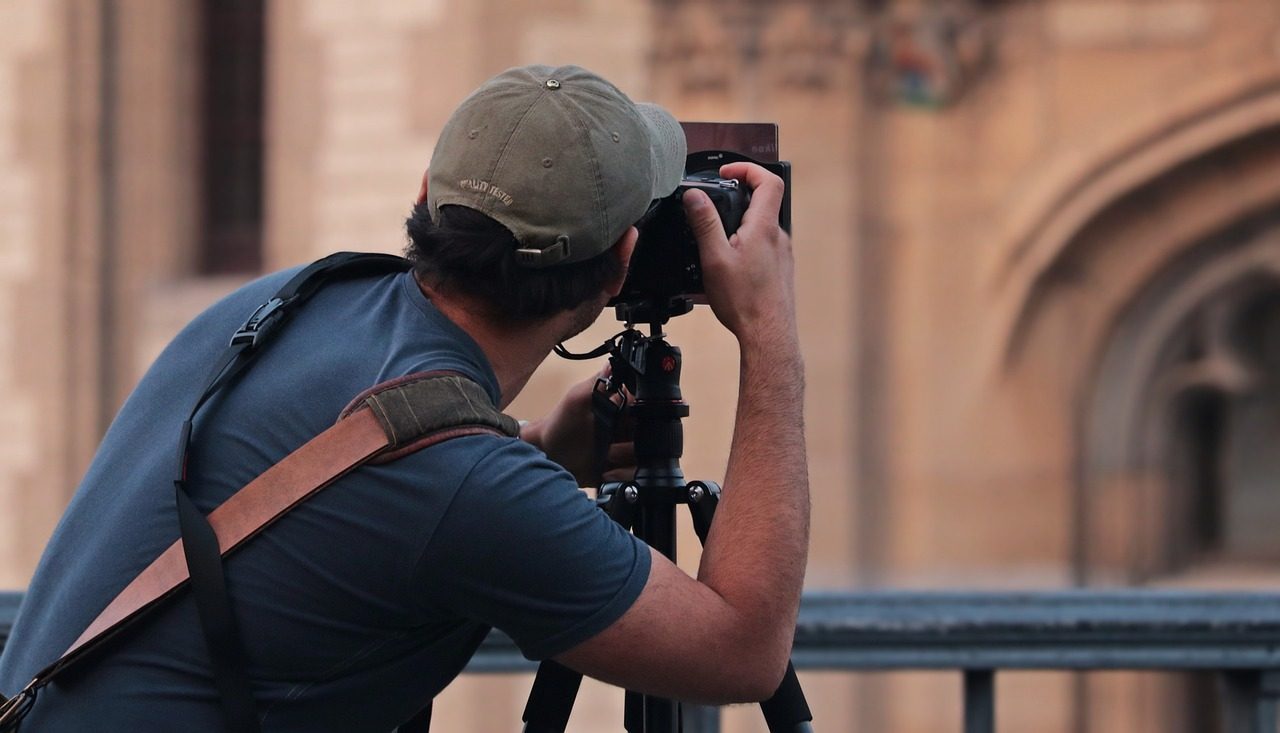Embarking on a van life journey offers a unique opportunity to capture the world through your lens. As you traverse diverse landscapes, the art of outdoor photography becomes an integral part of your adventure. This guide aims to delve deeper into the technical aspects of photography, providing you with the tools to create captivating visual narratives of your travels.
Equipment Essentials
While professional photographers may carry an array of equipment, van life necessitates a more minimalist approach. A DSLR or mirrorless camera offers the best balance between quality and portability. Look for a model with a high dynamic range and good low-light performance to capture a wide variety of scenes. A wide-angle lens (10-24mm) is ideal for expansive landscapes, while a telephoto lens (70-200mm) can capture distant subjects or details in the scenery.
A sturdy tripod is essential for long exposure shots and stability in windy conditions. A polarising filter can enhance the colours in your images, particularly the sky and bodies of water. Don’t forget a reliable camera bag with good padding and a waterproof cover to protect your gear.
Understanding Light
Lighting is a fundamental aspect of photography. The ‘golden hours’—the first hour after sunrise and the last before sunset—offer soft, warm light that can add depth and dimension to your images. However, don’t shy away from shooting in harsh midday light or during the ‘blue hour’—the period of twilight in the morning or evening when the sun is below the horizon and indirect sunlight takes on a predominantly blue shade.
Mastering Composition
The ‘rule of thirds’ is a basic principle of composition. By dividing your frame into a 3×3 grid and positioning your subject along these lines or at their intersections, you can create more balanced and engaging photos. However, rules are meant to be broken. Don’t hesitate to experiment with different compositions, such as symmetrical balance or leading lines, to create visually striking images.
Technical Proficiency
Understanding the exposure triangle—aperture, shutter speed, and ISO—is crucial. Aperture controls the depth of field, shutter speed affects motion blur, and ISO determines the sensor’s sensitivity to light. A wide aperture (low f-number) creates a shallow depth of field, ideal for isolating subjects. A slow shutter speed can create motion blur, perfect for capturing waterfalls or stars. A high ISO is useful in low light conditions but can introduce noise into your images.
Post-Processing
Post-processing is an art in itself. Software like Adobe Lightroom or Capture One allows you to fine-tune your images. Adjust the white balance to correct colour casts, tweak the highlights and shadows to enhance contrast, and increase clarity to bring out details. Remember, the goal is to enhance the image, not alter it beyond recognition.
Ethics of Outdoor Photography
As a travelling photographer, it’s crucial to respect the environment. Follow the ‘leave no trace’ principle, respect local customs and regulations, and avoid disturbing wildlife. Your actions should preserve the beauty of the places you visit for future generations.
In conclusion, mastering outdoor photography requires a blend of technical knowledge, artistic vision, and environmental consciousness. As you journey through your van life adventure, each photograph becomes a testament to your experiences, a visual narrative that is uniquely yours. So, pack your gear, hit the road, and let the world be your canvas. Happy shooting!
